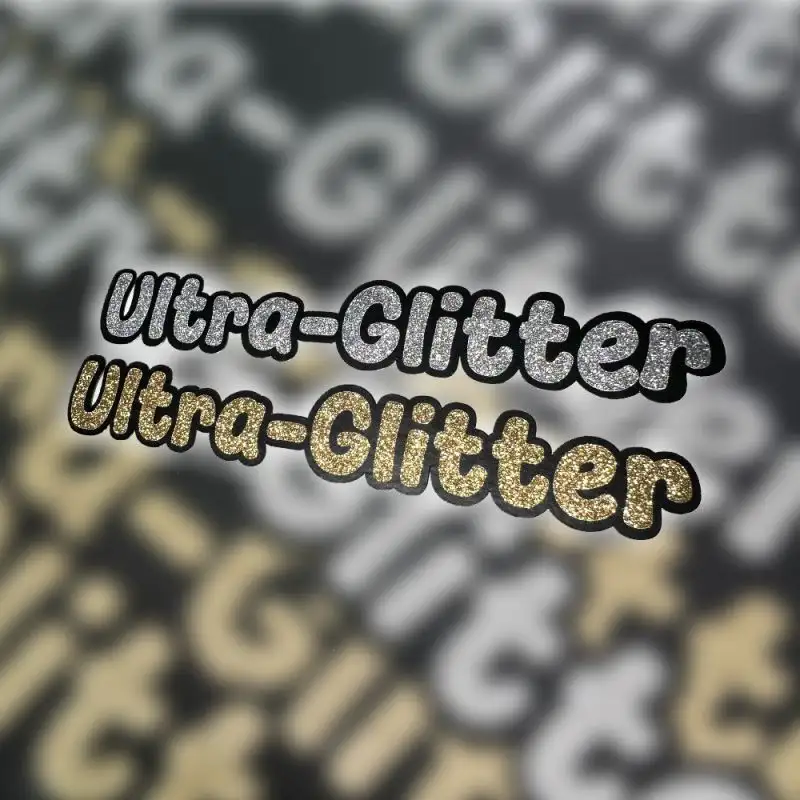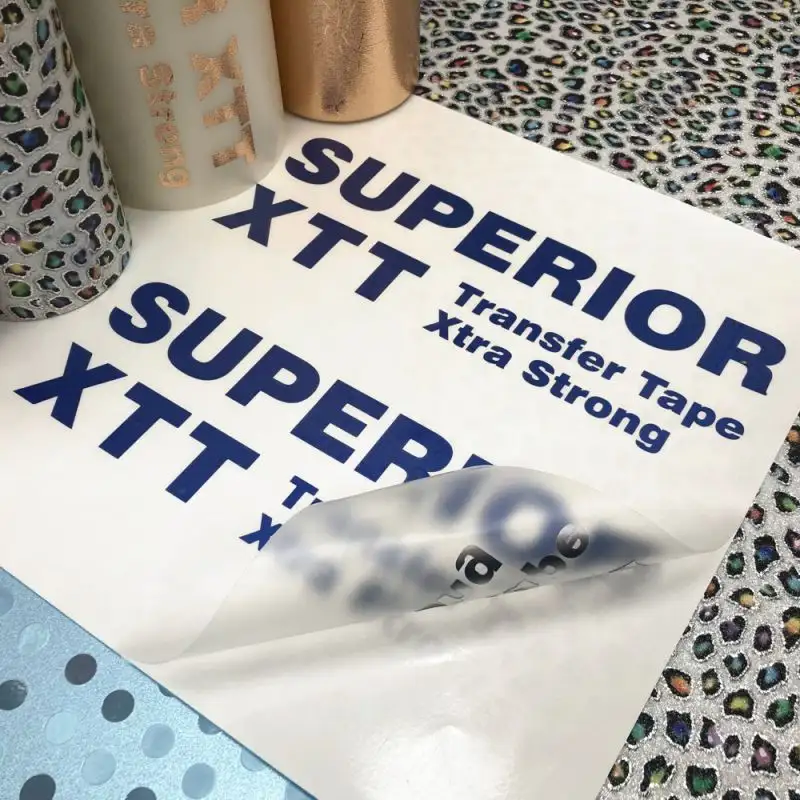Working with foil direct plotterfolien can yield stunning, professional results, but even experienced users occasionally run into challenges. The good news is that most common problems have straightforward solutions. Understanding the root cause of these issues transforms frustration into a quick fix, ensuring your projects proceed smoothly from the plotter to the final application. Here’s a practical guide to diagnosing and resolving the most frequent hurdles.
Problem: The Film Is Not Cutting Through Cleanly
When your plotter seems to be scratching the surface rather than slicing cleanly, the issue almost always lies with the blade or its settings. First, confirm you are using a sharp, 45-degree blade, as it's ideal for fine detail. The most likely culprit is insufficient blade pressure or offset. Access your plotter's settings and gradually increase the force in small increments, performing a test cut each time until the kiss-cut is perfect—through the foil and adhesive but not the backing paper. Also, check that the blade is installed correctly and protruding the right length from its holder.

Problem: The Film Is Tearing During Weeding
If your design is tearing when you try to remove the excess material, you're likely facing one of two issues. First, the blade may be too dull, causing it to tear the film instead of cutting it cleanly—replace it immediately. Second, if the blade is sharp, the problem could be that your cut settings are too high. Excessive blade pressure can cause the film to "pinch" and fracture, especially in intricate areas. Try slightly decreasing your blade force and speed. A slower cut speed gives the blade more time to navigate tight corners, reducing the stress that leads to tearing.
Problem: Difficulty Removing the Backing Paper
A backing paper that refuses to separate from the adhesive can be incredibly frustrating. This is often a sign of "over-cutting," where the blade has scored the backing paper too deeply, effectively welding it to the adhesive in spots. The solution is to decrease your blade pressure. Conversely, if the backing paper is difficult to remove from the application tape after weeding, you may be using a transfer tape with too aggressive an adhesive. Switch to a medium- or low-tack application tape specifically designed for delicate films and fine details.
Problem: The Film Won't Stick After Application
Discovering that your carefully applied graphic is peeling up is disheartening. The number one cause is inadequate surface preparation. The substrate must be impeccably clean, free of all dust, oil, and residue. Wipe it down thoroughly with isopropyl alcohol and allow it to dry completely. Secondly, ensure you are applying sufficient pressure during installation. Use a firm squeegee and burnish the entire graphic, paying special attention to the edges. The adhesive needs pressure to activate and form a strong bond with the surface.
Problem: Bubbles Appear Under the Film
Bubbles are typically a result of trapped air during the application process. The best cure is prevention by using the hinge method. If bubbles do appear, don't panic. For small bubbles, you can often gently lift the film from one edge and re-squeegee it down. For stubborn bubbles, a precise solution is to carefully pierce them with a fine pin or needle. Press down firmly over the pierced hole to force the air out. The adhesive will often reseal the tiny puncture, making it invisible.

Problem: The Film Is Stretching or Distorting
Stretching occurs when the film loses its dimensional stability, often during weeding or application. This is a classic sign of using a lower-quality calendered vinyl instead of a high-performance cast vinyl film for intricate work. Cast films are engineered to resist stretching. If you are using cast film and still experience stretching, you may be handling it too aggressively. Always support the film fully during weeding and application, and avoid pulling or stretching it taut as you work.
Problem: Premature Lifting at the Edges
If the edges of your graphic begin to lift soon after application, it usually points to a problem with the initial bond. The most common cause is failing to burnish the edges thoroughly with your squeegee. Go back over the entire graphic, applying firm, focused pressure on all perimeters. If the problem persists, the substrate itself might be the issue—low-surface-energy plastics like polyethylene often require a specialized primer to create a permanent bond. Applying a thin layer of adhesion promoter can solve this problem completely.




Comments